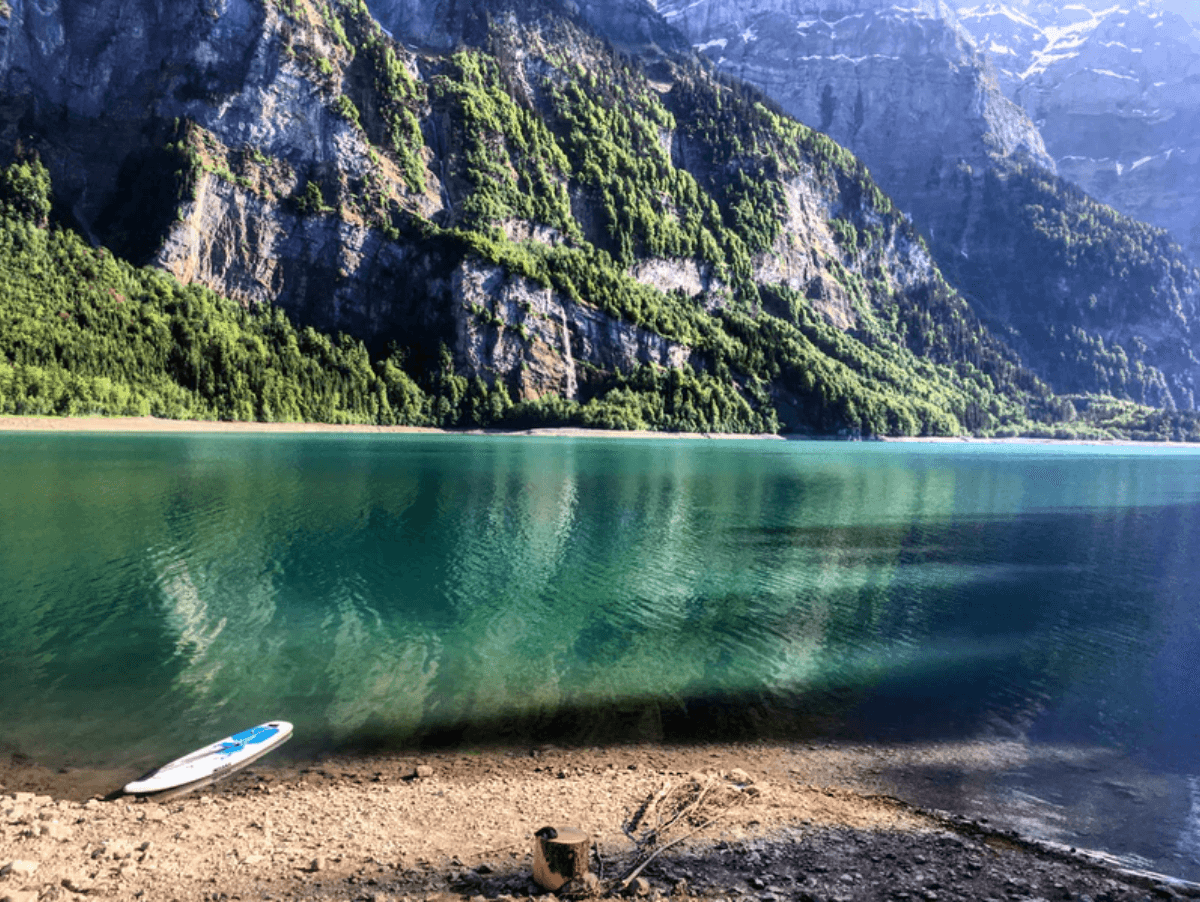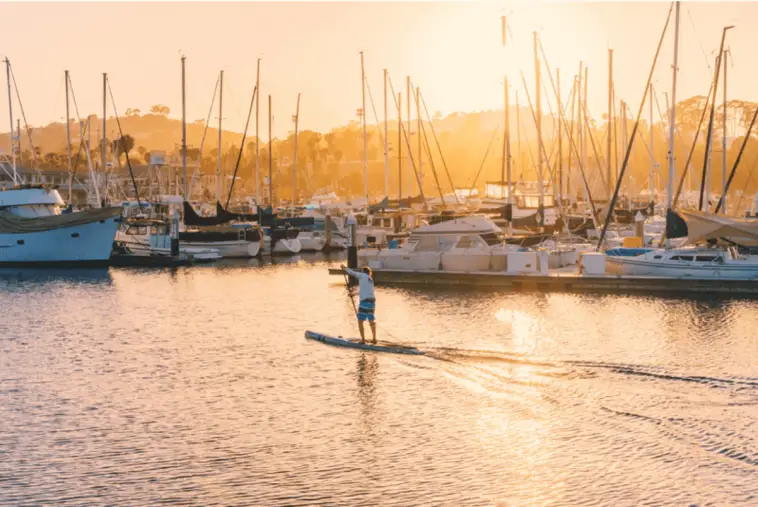Only a few years ago, paddleboarding took over cottage country as all the rage. No longer do people need to live in a high-wind, high-tide area in order to feel the joy of soaring across the water. No longer do people need months of surfing practice before they can ride the local waters. Paddleboarding is fun, great exercise, and an effective mode of travel. The following will explore some of the things you need to keep in mind if you’re planning on going a decent distance on your paddleboard.
Know Your Limits
Before we begin, it is essential to note that paddleboarding can be strenuous on the arms and back. It can also require a lot of help from your stomach muscles. If you haven’t tested your capabilities on a paddleboard before, make sure that you take one out on the water to get an idea of how long you could paddle board for. It uses different muscles than you might be used to, even if you’re incredibly fit.
If you want a fun and relaxing excursion, look into journeys that are not too long where you won’t be fighting against the tide for too much of the trip. Be honest with yourself about your capabilities, and don’t push too hard the first few times. Yes, people have crossed oceans before on paddleboards, but this doesn’t mean you have to. It is unwise and unsafe to challenge yourself too much, especially if you’re going to be in a secluded area where the chances of a boat passing by as you sit exhausted, stuck out on the water, are slim.
Make Sure Everyone Is Onboard
The same applies to anyone who will be coming on the trip with you. Adults or teens who will have their own paddle boards need to know their limits. If you plan on taking smaller children or dogs on your own board, make sure you give them a bit of time to get used to the feeling before the big day. Paddleboarding makes for an excellent family activity. This being said, some children (we all know which ones) are high-risk individuals and might not take the idea of balancing on the water so seriously. Make sure all kids have life jackets and are taught where to sit or stand to keep everything level.
Pack Properly
Depending on how long you’re going to be out on the water will influence the sort of things you bring. Nearly all paddle boards have an area where things can be tied safely to the board to make sure that things aren’t floating away. Do your research on how much water needs to be brought, particularly if you’re going to be paddleboarding in a hot climate. Remember, paddleboarding is exercise, and this means you or others might require more than the usual amount of water. Use your judgment as well for snacks and meals.
In addition to water and food, you might want to bring some of the following with you:
- Sunscreen or sunblock
- Sunglasses
- Hat
- Lip balm
- Paddling gloves (some people find paddling hard on the hands, these gloves prevent blisters)
- Weather appropriate clothing (that might end up getting wet)
- Board equipment (the board itself, a board leash, fins (with pins), a paddle, an inflatable hand pump)
- Enough life jackets for everyone (be sure to look up the rules and regulations where you’ll be paddleboarding—many states and countries have their own laws about this, which are strictly enforced with exorbitant fines)
- Maps, a compass, and/or a GPS (there are waterproof cases available for all of these items)
- Cell phone with a fully charged battery in a waterproof bag (you might also want a solar charger)
- A first-aid kit
- An emergency mylar blanket
- Emergency signaling devices like a flare, a whistle, or mirror
There are dry bags available on the market that float (if they go overboard) and protect your personal items from any water damage. You might want to bring fun items as well, like a camera or games for the kids. If you’re planning on docking and hiking or enjoying an island, you might also want to bring a small backpack so you can carry your items with you and toilet paper.

The above information should set you up nicely for your first paddleboard trip. Make sure that you do your research and get any necessary permits and licenses (all parks, states, and countries have different regulations). And of course, be sure to leave a trip itinerary with a friend and one under your car seat (that your friend knows about).




